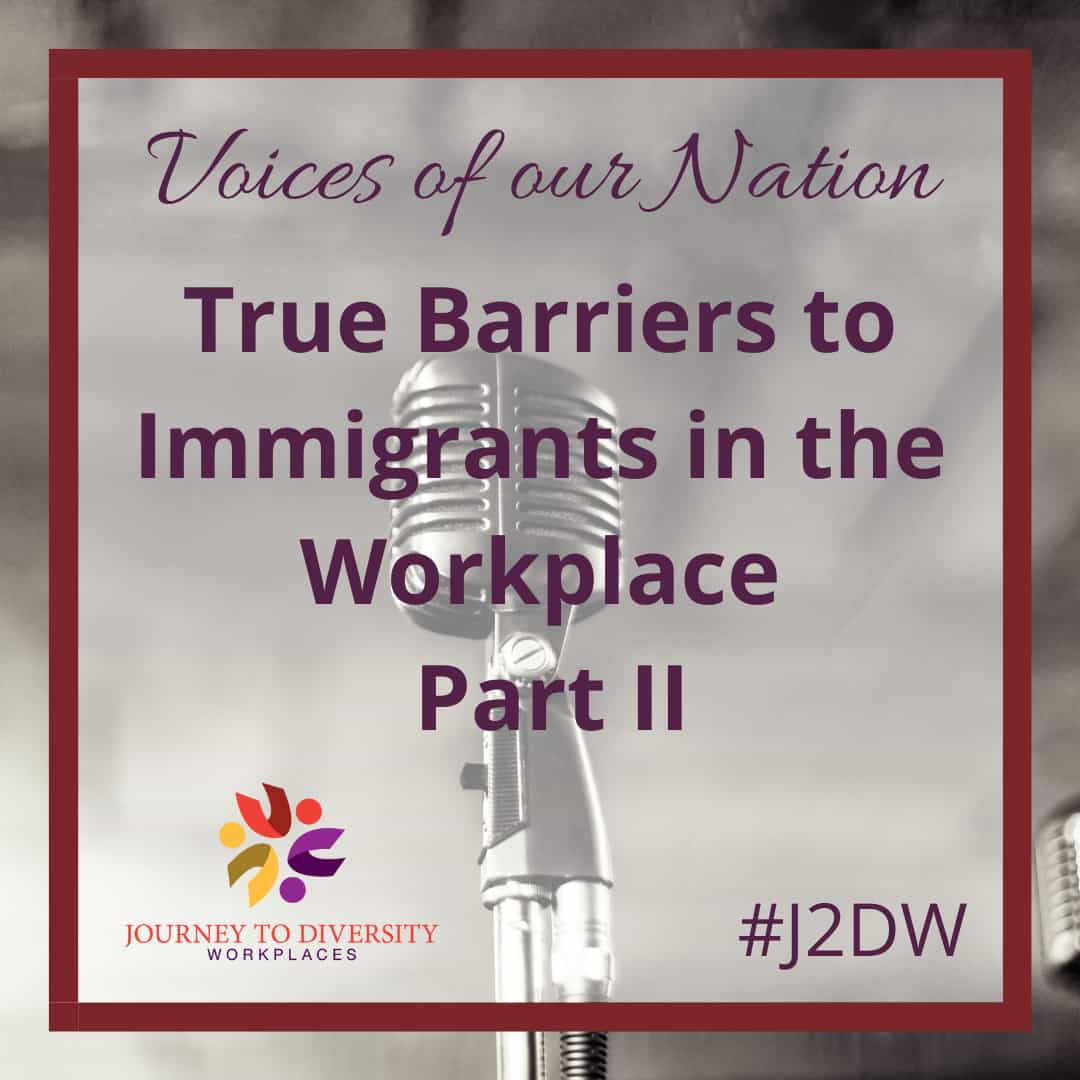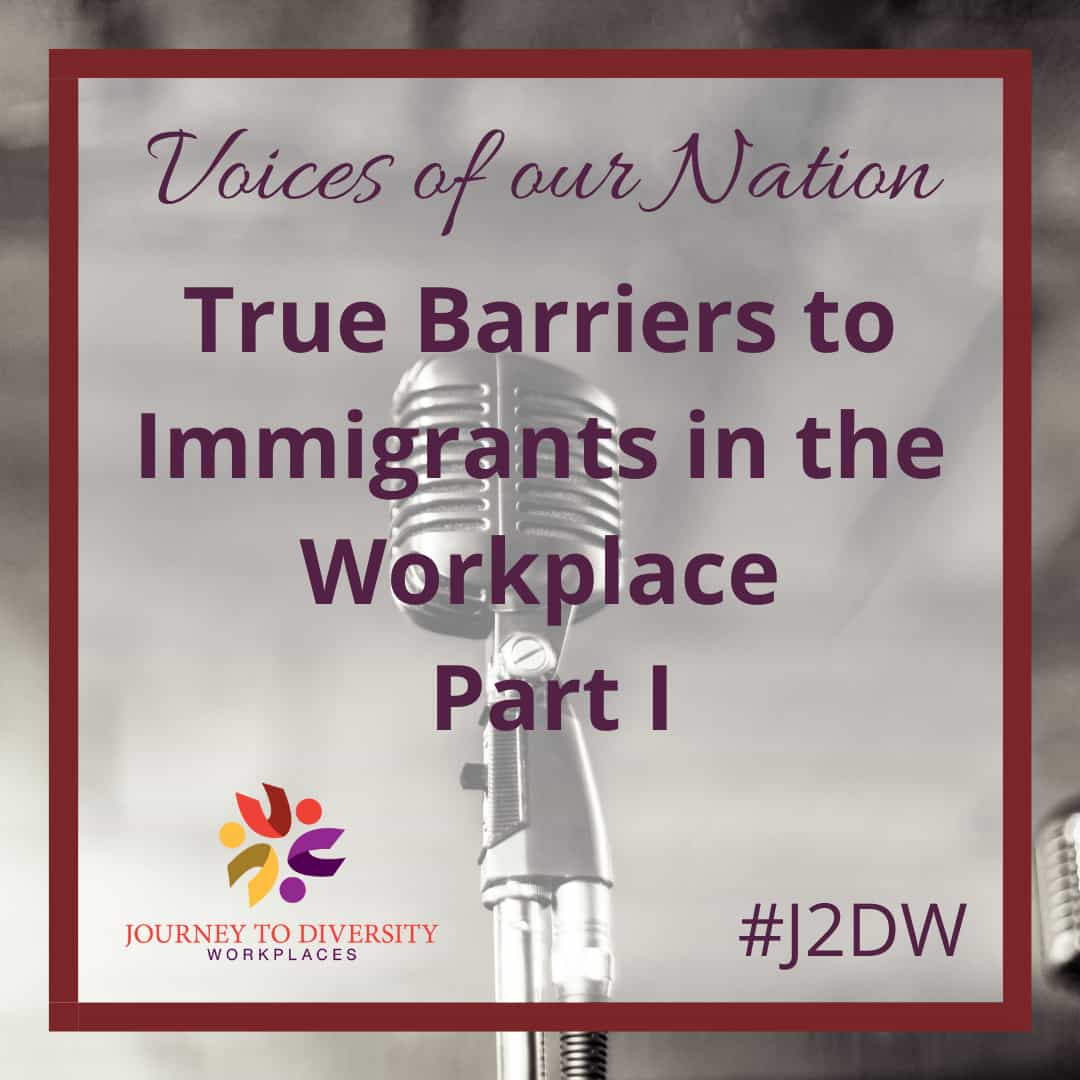As an immigrant who was raised by immigrants, and has been in touch with many immigrants throughout my life, I know the weight of a choice. There’s a lot of thought involved when it comes to making choices. We are surrounded by impending decisions, all of which alter our paths toward a new possibility and present us with unique opportunities. Some decisions loom over our heads and breathe down our necks, some pass us by and mist the air with a whiff of their scent, and then there are those which don’t seem important to most people but carve away at you until the mould staring back at you is difficult to recognize.
These are the ones that immigrants have to be aware of because while they might appear small, and therefore harmless and innocent, they can start to pile up. A workplace setting, despite having the intention of inclusivity and a non-judgmental attitude, is filled with judging eyes that assess its immigrant employees. When we consider that Canada is a diverse country known for its multiculturalism, it’s not much of a shock to see someone who is an immigrant—but an unconscious bias leaves individuals with judgement in their eyes, and often, it is unclear whether it comes from a place of malice or curiosity (Canadian Immigrant, 2021).
Immigrants on the receiving end of this treatment wake up every day preparing to make choices that suddenly hold a lot of influence on the way they are perceived, treated, and spoken to in the workplace by their colleagues and supervisors. Are these clothes too ‘ethnic’? Do these earrings look professional—as in, up to Western standards, or by my home country’s standards? Is my accent too strong? What lunch do I pack that doesn’t remind others that I am different? What can I do to ensure that I conceal my cultural identity in the workplace and prevent the risk of alienation, continuing to shower love for my culture at home, without hurting my sense of identity?
It’s these choices that become more and more integral to one’s self-perception and identity, yet, people often don’t make them consciously. They are an instinctive response to prior instances of discrimination. It’s quite a simple situation: immigrants whose cultural identity is not respected don’t want to be devoid of the opportunities, connections, and privileges that Canadian citizens in the workplace can obtain easily, so they code-switch to a Western-friendly ‘workplace identity’. They are making a conscious choice every day about the identity they want to present to the Canadian workplace, leading to an internal conflict regarding their true identity; a lack of self-acceptance; and a gradual disconnection from cultural identity, ultimately resulting in the alienation from their own culture.
The ideal situation is one where employees have true freedom to maintain cultural identity in the workplace. This includes things like the ability to eat home-cooked cultural meals without hearing comments about their smell; speaking with an accent without being mocked, ignored, or looked down upon; and talking about cultural events or experiences during casual conversations without feeling like an unwelcomed outsider.
Workplaces can adopt a few practices to help create a more open, inclusive, and accepting environment for all of its employees, such as: creating opportunities for workers to share their culture and engage with other employees, providing a clear outline of workplace customs and culture, enforcing policies regarding diversity and inclusion in the workplace (Zaib). All this can help to cultivate an environment that provides immigrants with the room and opportunity to grow in their field. For instance, employers can establish work brunches, occasional social gatherings, and create opportunities for workers to celebrate and share special occasions in their culture, thus fostering a more comfortable environment for newcomers. This will help to eradicate the sense of isolation new employees suffer through, as well as the prejudice that non-immigrant employees might carry.
In addition, when new immigrants first join a company, employers can give them a rundown of that company’s work culture, expectations, environment, and social cues, and refer them to a colleague that they can lean on when needed. This can calm the fears and anxieties of starting over in an unknown environment in a new country, letting employees form connections and get accustomed to the Western work environment with the help of a guide. Policies concerning the transition into a foreign workplace, making accommodations available for such employees (e.g. translation services), and promoting inclusion in the work environment are all also vital to protect the rights of immigrants in the workplace (Zaib). Having these discussions sends a message to employees that the company does care about their well-being, respects their journey, and is willing to take the steps needed to support them.
As stated in part 1 of this blog, immigrants are the backbone of this country. The identity issues immigrants experience due to being unwelcome over their culture devoids the workplace of a truly diverse and rich environment where everyone can contribute unique perspectives free from prejudice or judgement. It’s important to be mindful of these diverse perspectives, create space for people who might be unlike you, and aim toward building each other up in order to nurture a healthy and productive work environment.
Sources
Canadian Immigrant. (2021, August 19). Diversity and inclusion in Canadian workplaces. Canadian Immigrant. https://canadianimmigrant.ca/careers-and-education/workplace/diversity-and-inclusion-in-canadian-workplaces
Zaib, A. (n.d.). Being more than diverse: How to be inclusive of immigrant hires in the Workplace. Recruiter.com. https://www.recruiter.com/recruiting/being-more-than-diverse-how-to-be-inclusive-of-immigrant-hires-in-the-workplace/
This article was written by summer student Ilesha Prabhudesai and edited by summer student Cossette Penner-Olivera. This article was funded by the Government of Canada.


